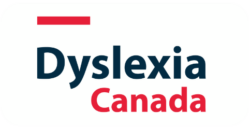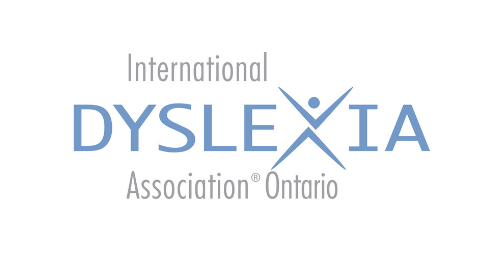English orthography often has a reputation of being overly complicated and too difficult for students to navigate. While the English writing system certainly is complex, there is a predictable and consistent structure that supports strong reading and writing. This structure must be taught explicitly and systematically!
Overlap is part of the nature of our code. The sounds of spoken language, phonemes, often have multiple different spellings. For example, consider long a (ā) – it can be spelled with a single a (table), a-e (take), ai (paid), or ay (say). When spelling words, students not only have to identify the sounds they hear, but they also need to select the correct grapheme for a phoneme – often with many options to choose from!
Strategic Selection in Spelling
This complexity is part of the reason why spelling can be more difficult for students, often developing more slowly than word reading. While it is often said that if a child can read a word, they can spell a word, this is far from accurate. Spelling requires strategy! When students are spelling, there are several different important elements to consider when selecting a grapheme for a phoneme in a word:
Position-Based Tendencies
For early spellers developing the alphabetic principle, spelling can be as simple as segmenting a word into its sounds, and writing a single letter for each sound. As students extend their understanding of the code, though, the position of sounds in a word start to influence spelling choices. The /k/ sound is spelled differently depending on where it is in a word:
- At the beginning before a, o, or u, /k/ is generally spelled with a c (cat, cot, cut)
- At the beginning before e or y, /k/ is generally spelled with a k (kid, kept)
- At the end right after a short vowel, /k/ is generally spelled with a -ck (lock, stick, truck)
- At the end after a consonant, /k/ is generally spelled with a k (pink, shark)
- At the end after a long vowel, /k/ is generally spelled with a k (like, peek)
Morphology and Etymology
The history and meaning of words can often explain why words are spelled the way they are. Ever wondered why “two” is spelled with a w? Far from an irregularity, this interesting spelling is a link to other words with similar meanings and a shared origin – twin, twice, twelve, twenty, twist, between, which all relate to the shared idea of two!
Frequency
Some spellings are more and less frequent than others, which can support students in making a correct spelling choice. Teaching students “best bet” spellings for a given sound can be helpful. If students aren’t sure about a spelling choice, knowing what the most frequent option is can be a helpful scaffold.
ONlit’s Vowel Frequency Chart is a Helpful Reference!
ONlit’s Vowel Frequency Chart is designed to help! Based on the research from Hanna et al. (1967) and Fry (2004), this handy chart highlights the most frequent spellings for each vowel sound. A quick caution: this tool was not designed to be a student-facing resource, but instead a quick summary chart to build educator knowledge. Explore this and other resources in ONlit.org’s Resource Library to enhance your teaching toolkit today!






Great article, Una!
I wish I’d known this when I was in elementary school.